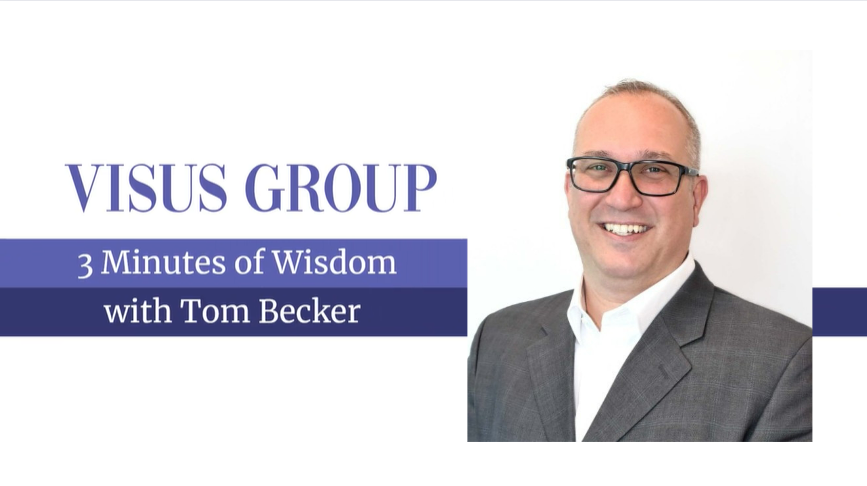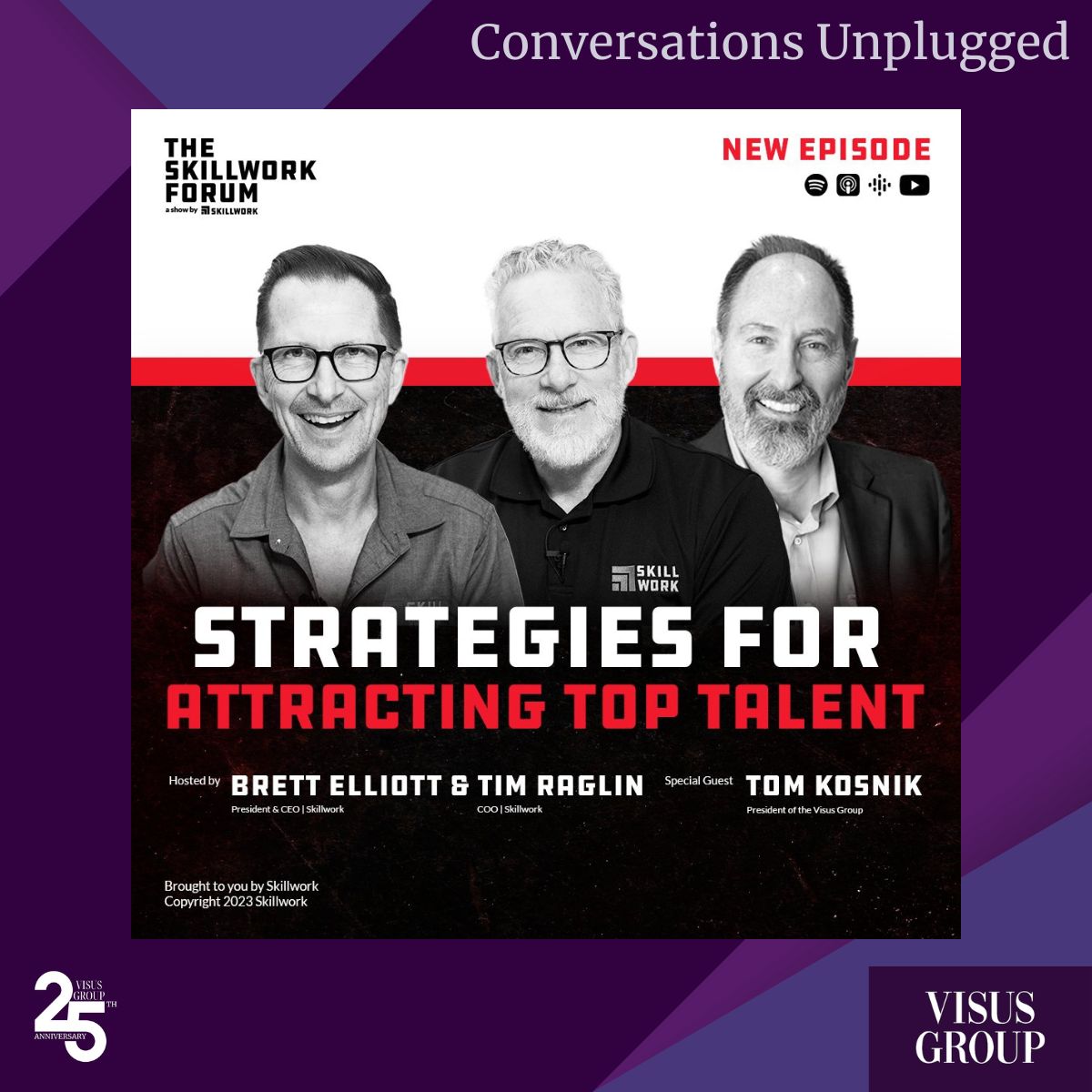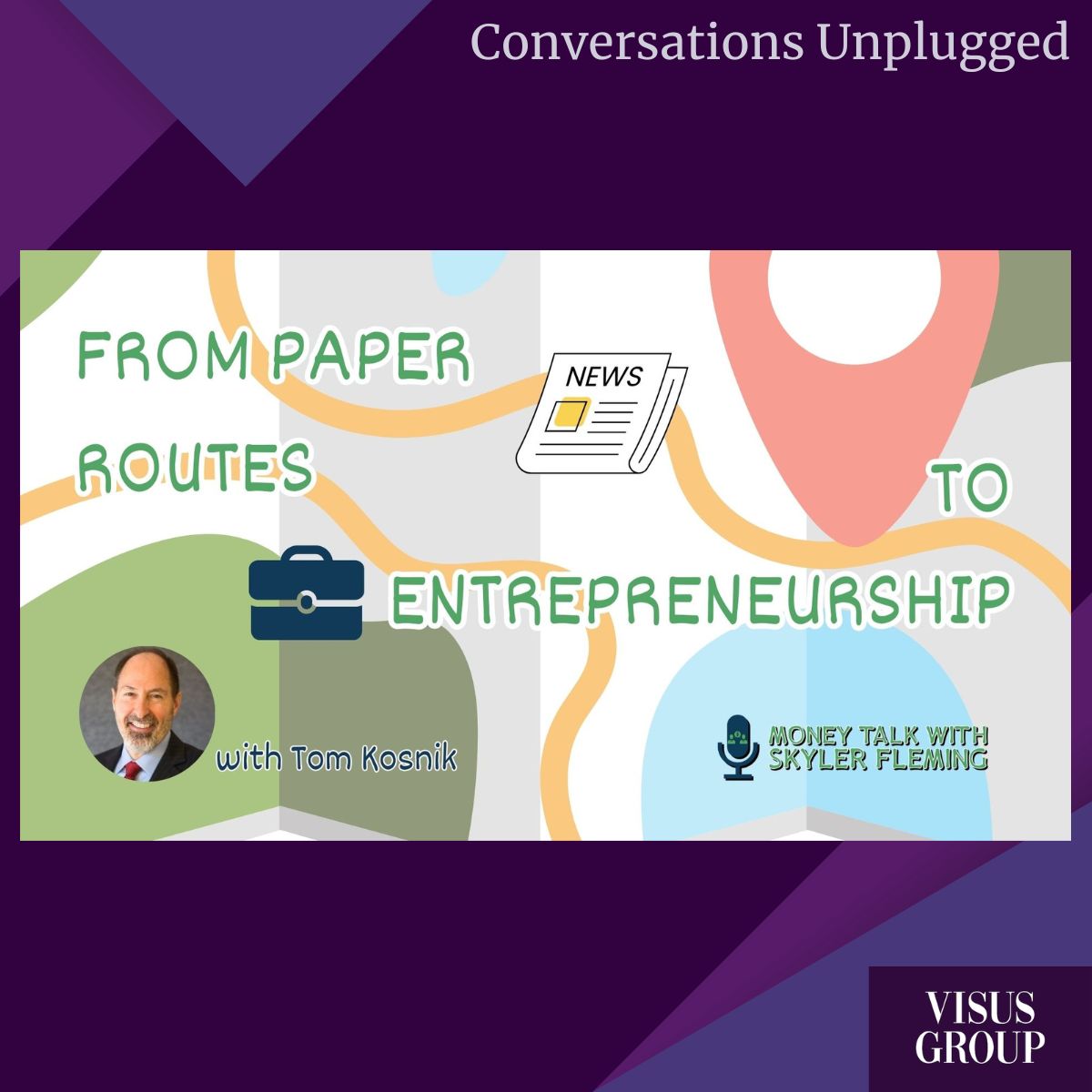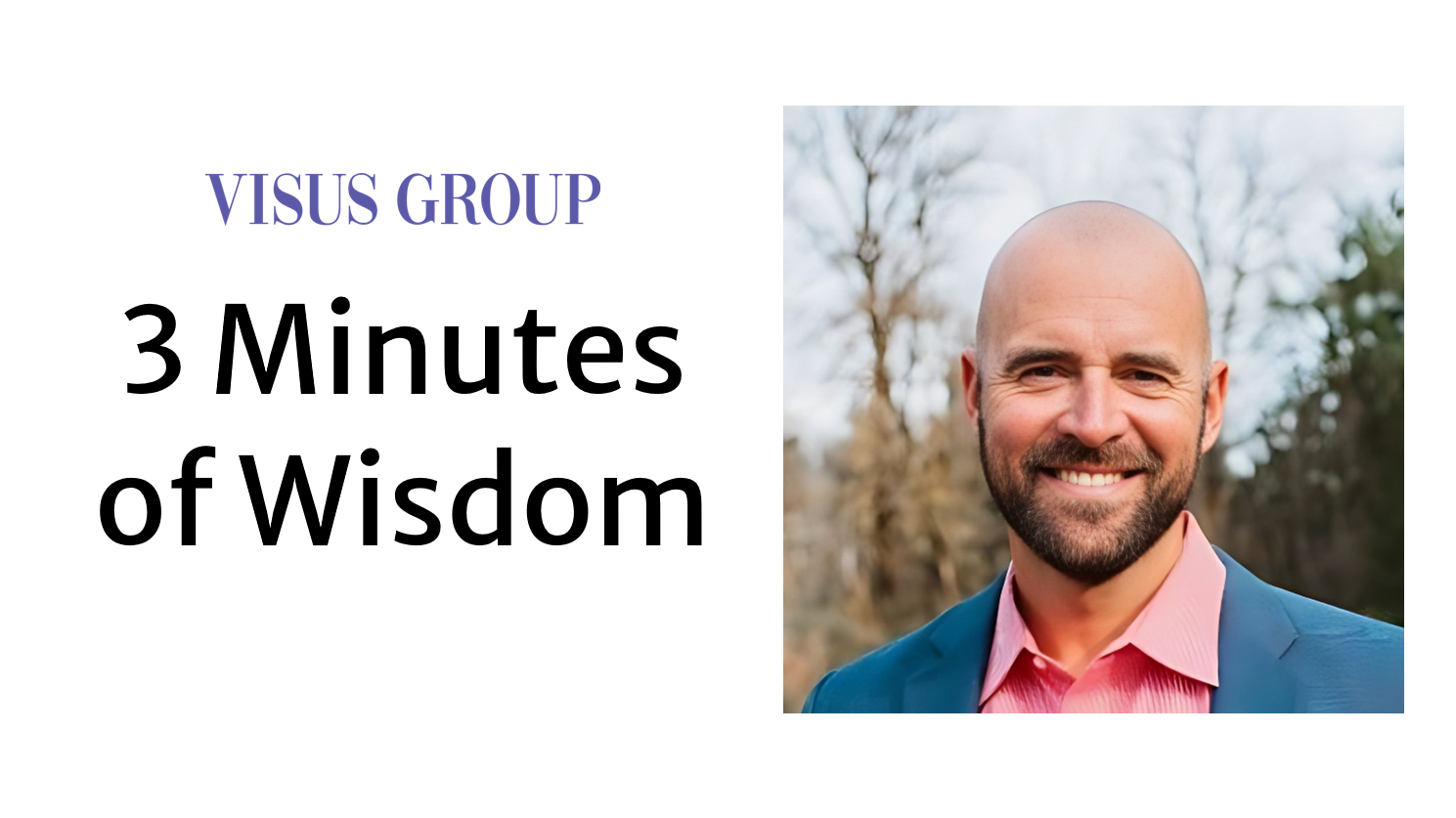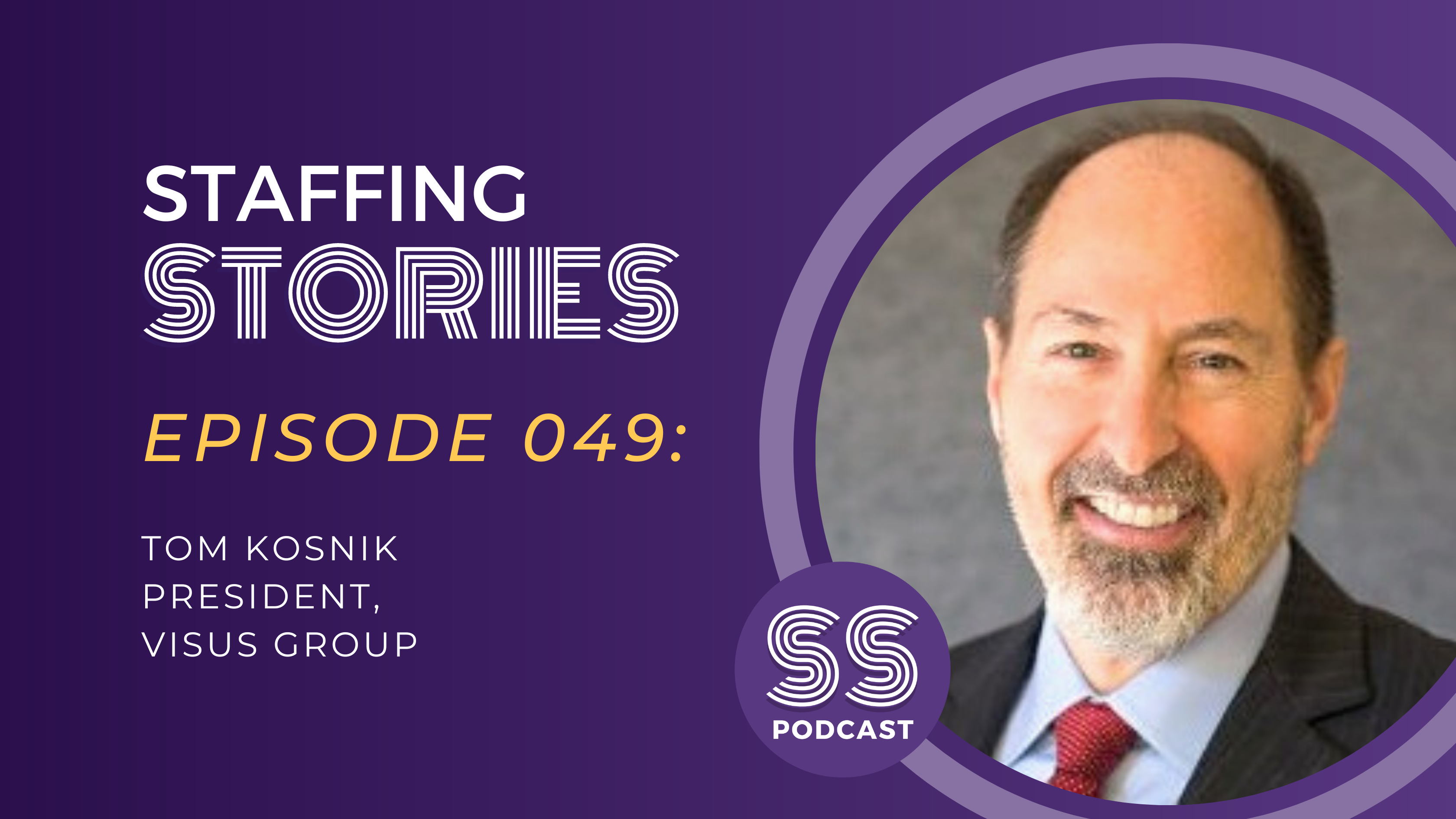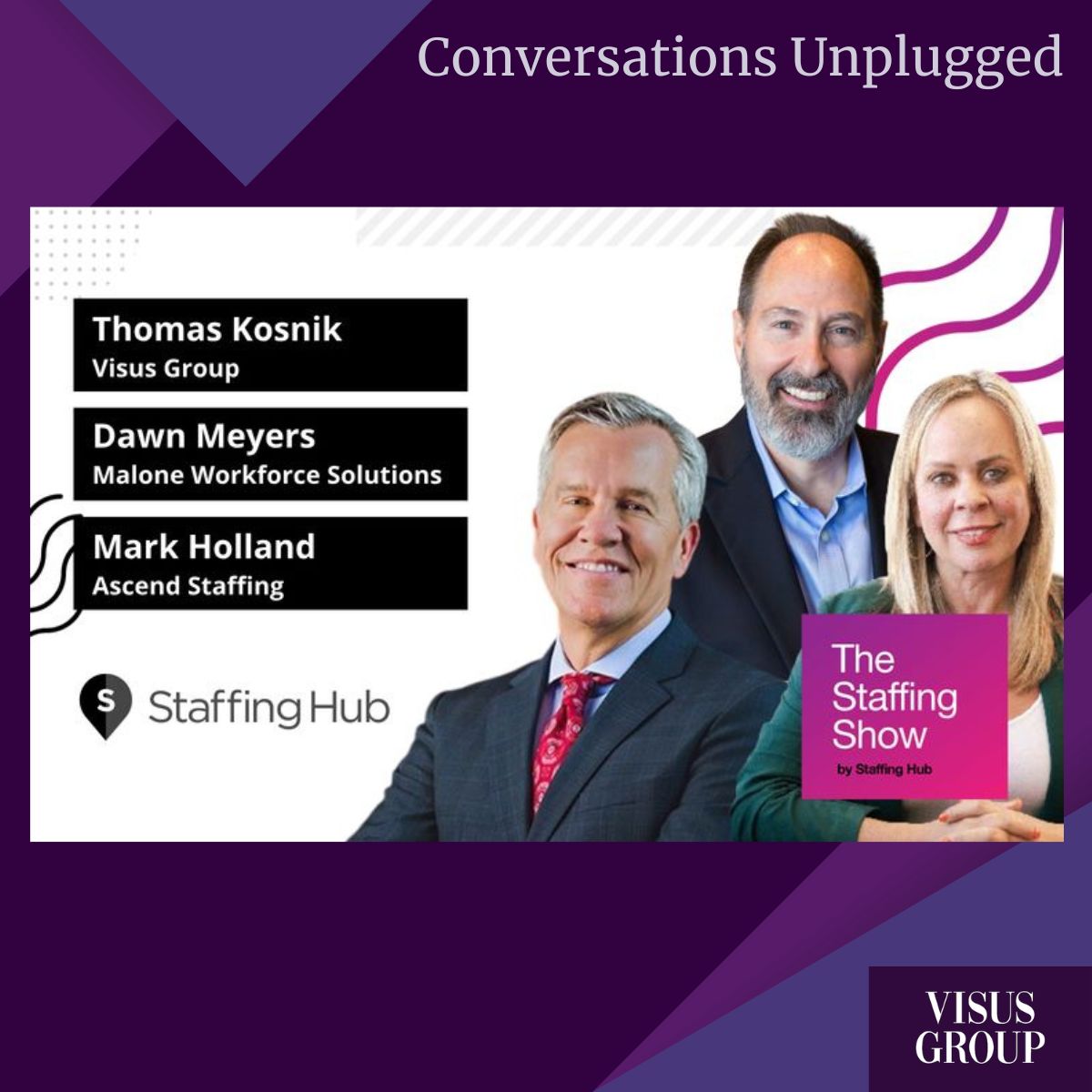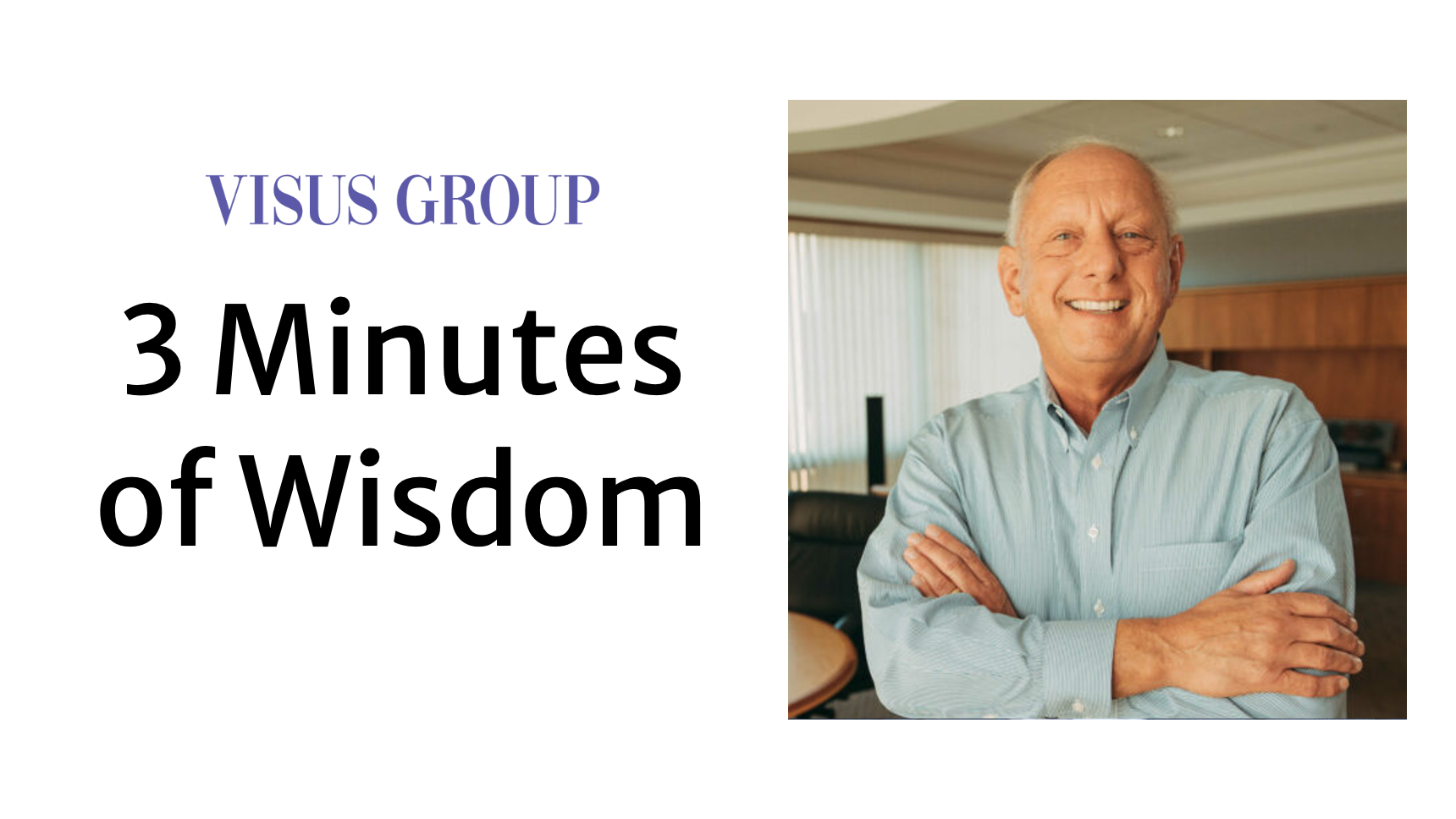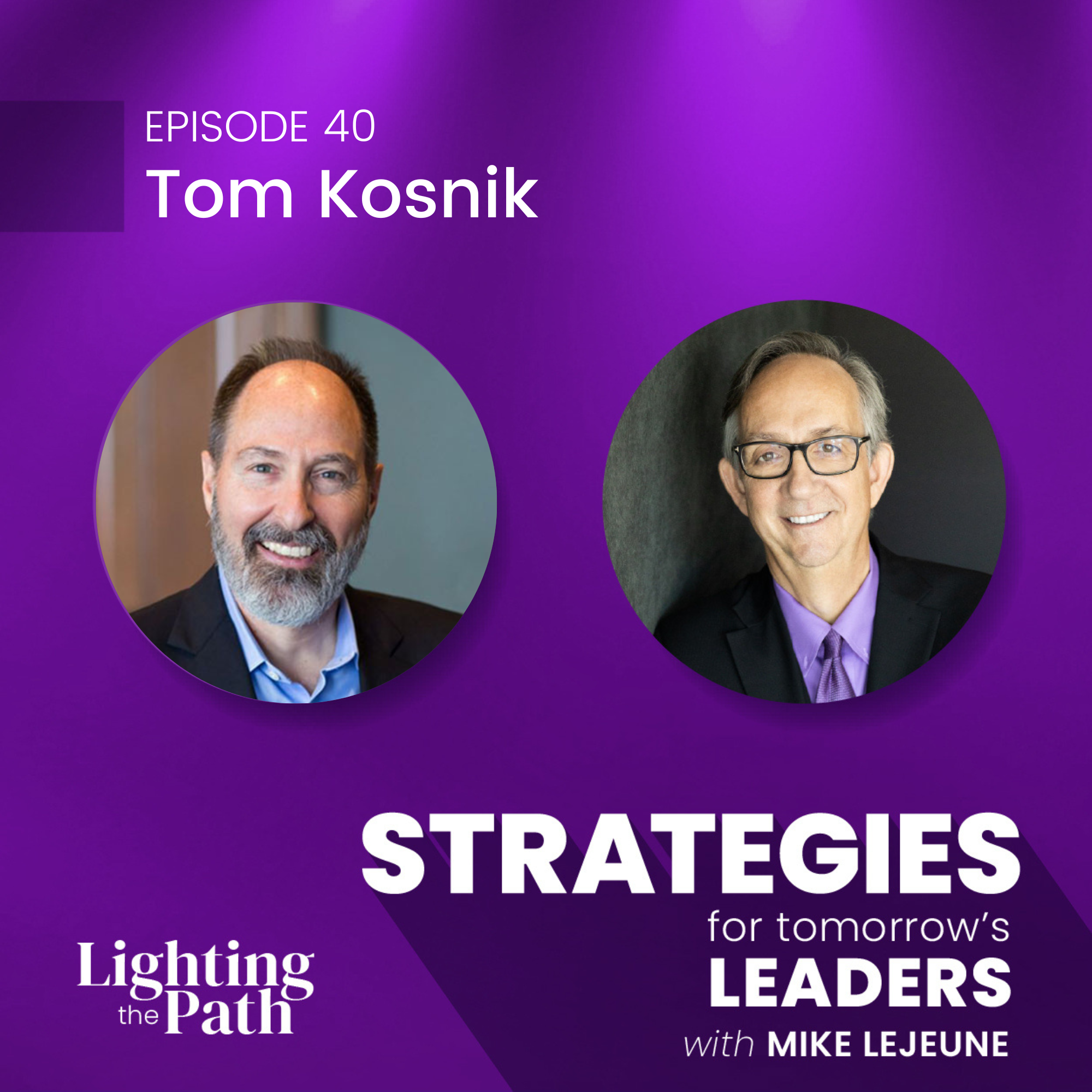What are the one or two things staffing firms should really be measuring? om Becker, Executive Vice President of Recruiting, Diversity and Talent for the Judge Group talks about efficiency in an organization and how to be efficient using a process maturity model.
Continue readingStrategies for Attracting Top Talent
Discover expert strategies for attracting top talent to your business on The Skillwork Forum Podcast. In this episode, Tom Kosnik shares invaluable insights on building a high-performing team that can transform your organization.
Continue readingFrom Paper Routes to Entrepreneurship and How to Handle Your Money with Tom Kosnik
How do you manage your money? Tom shared his knowledge and experience with managing his money and talking to people about money. Find out the tips he wishes he would have known sooner.
Continue readingHumility, Curiosity, and Vulnerability
Importance of humility, curiosity, and vulnerability- All three superpowers we have as humans. These qualities are the cornerstone of effective leadership and personal growth.
Continue readingWhat’s Next in Recruitment with Tom Kosnik | The Growth Game Podcast
Tom talks about the impact of AI on recruitment, evaluates the challenges in the recruitment sector and how to maintain business integrity during an era of nearly constant change.
Continue readingStaffing Stories with Tom Kosnik
Listen to Tom's expertise in peer development, conversation, and the power of multiple viewpoints for creative problem-solving. Get ready for insights that go beyond your typical staffing buzzwords.
Continue readingThomas Kosnik, Dawn Meyers, and Mark Holland on Leadership in the Staffing Industry
Here’s an insightful podcast featuring industry leaders Tom Kosnik, Dawn Meyers, and Mark Holland discussing their invaluable experience in leadership roles within the staffing industry.
Continue readingHow to Build Leaders?
From one office and one employee to 100 offices and 400 employees. Rene Poch, Founder of Trillium Staffing, talks about how he built leaders who truly run the business units for him.
Continue readingPart 1: The Key for Scaling Your Company to the Next Level
With an insightful view of the recruiting industry, Tom delved into the challenges facing leaders in scaling their businesses.Tune in to explore Tom's invaluable insights on scaling businesses to new heights and unlocking the potential for sustainable growth.
Continue readingHow Does Success Look Like in a Post- Pandemic Environment
Clint Clevenger, Senior Vice President of Greenstaff Medical, as he describes what success looks like for staffing firms in the healthcare industry in a post-pandemic environment.
Continue reading
